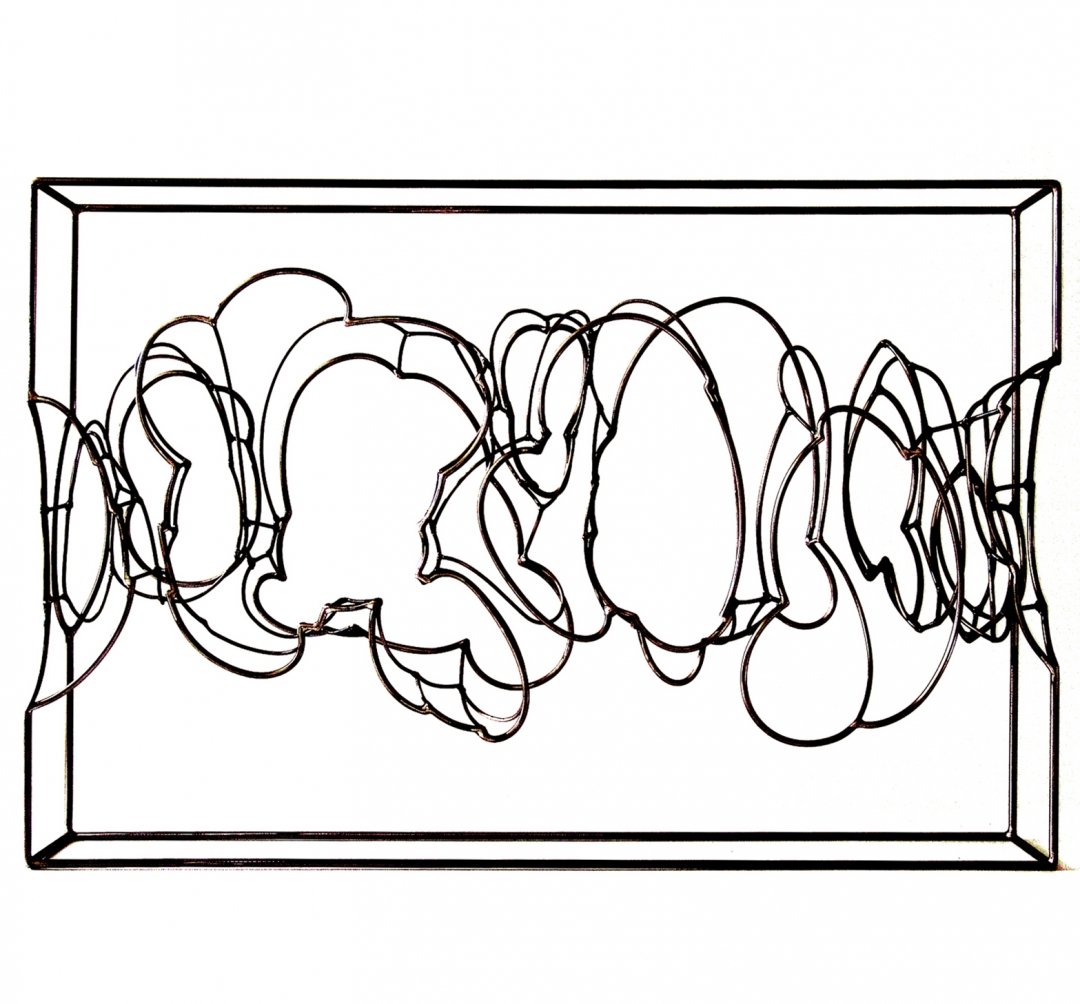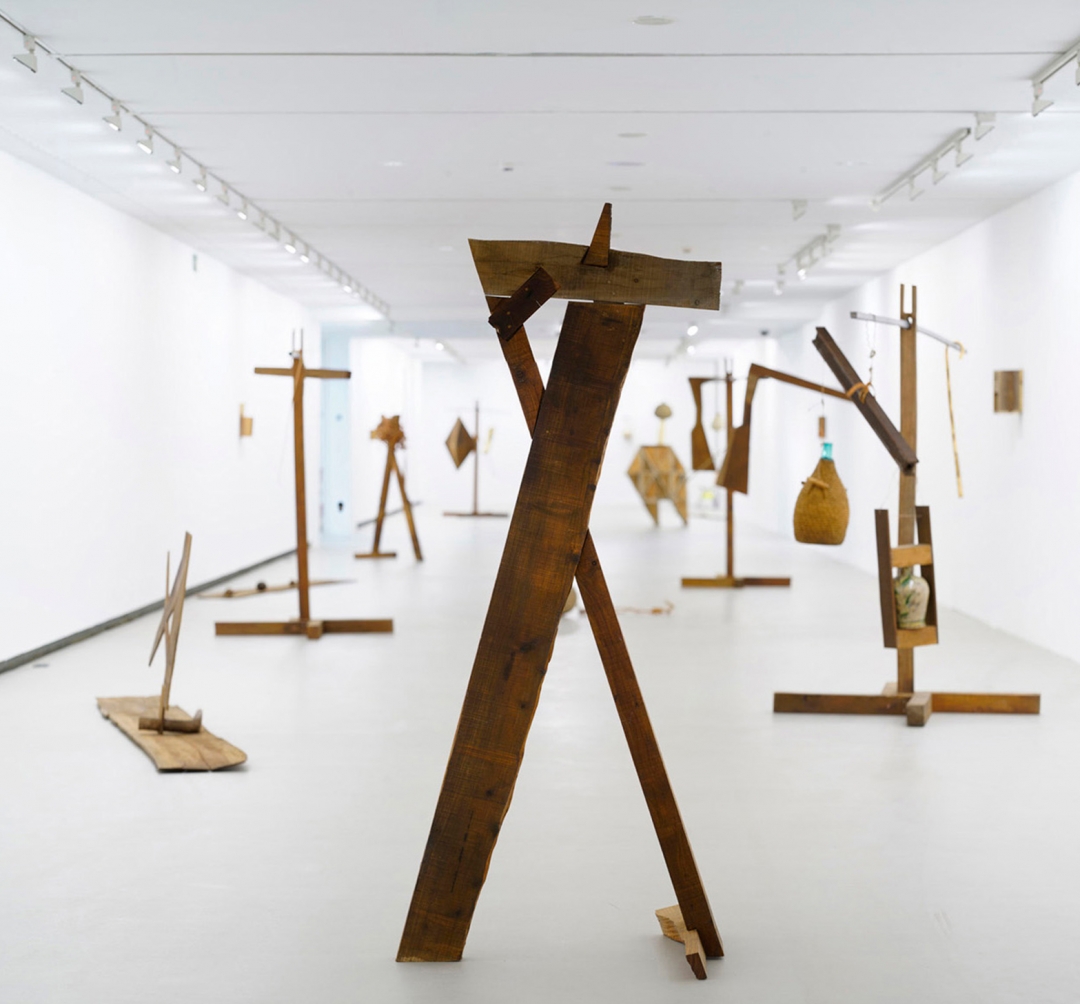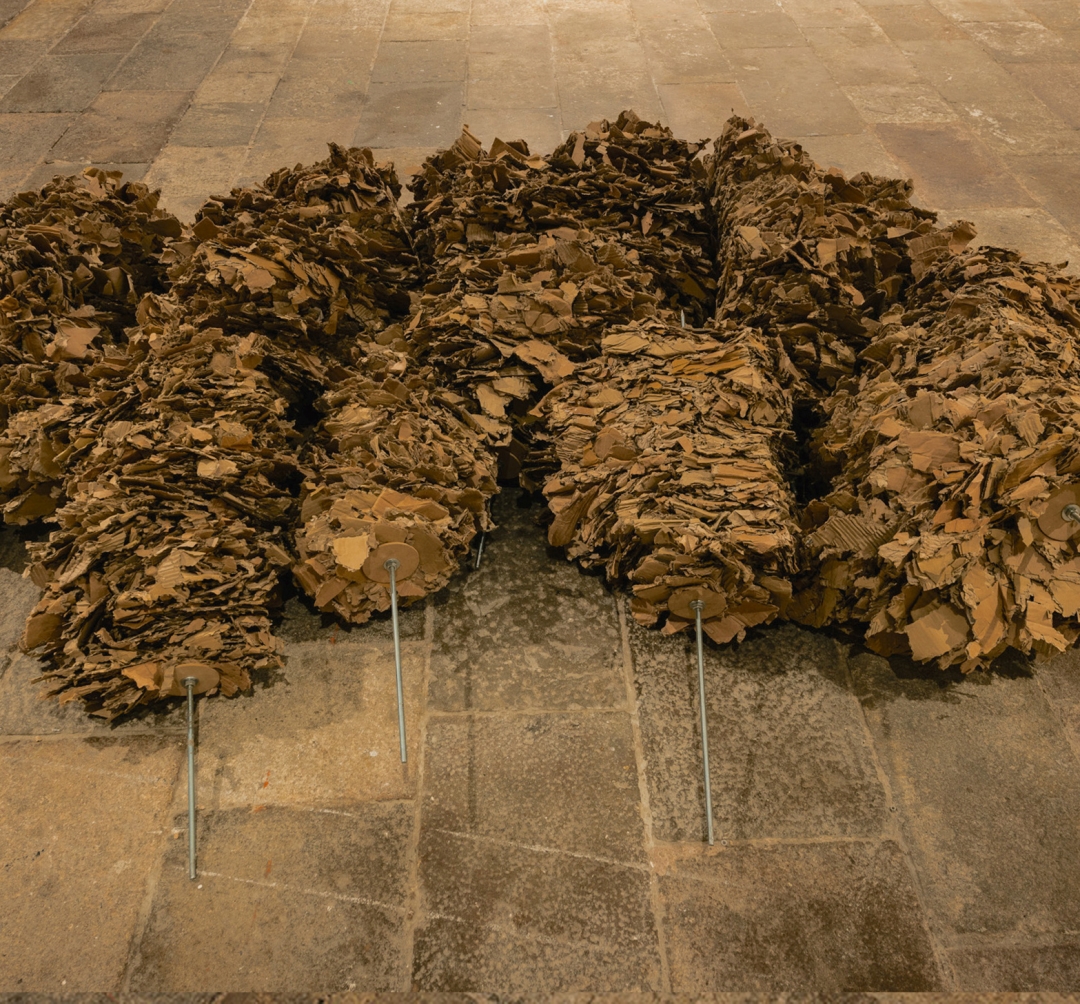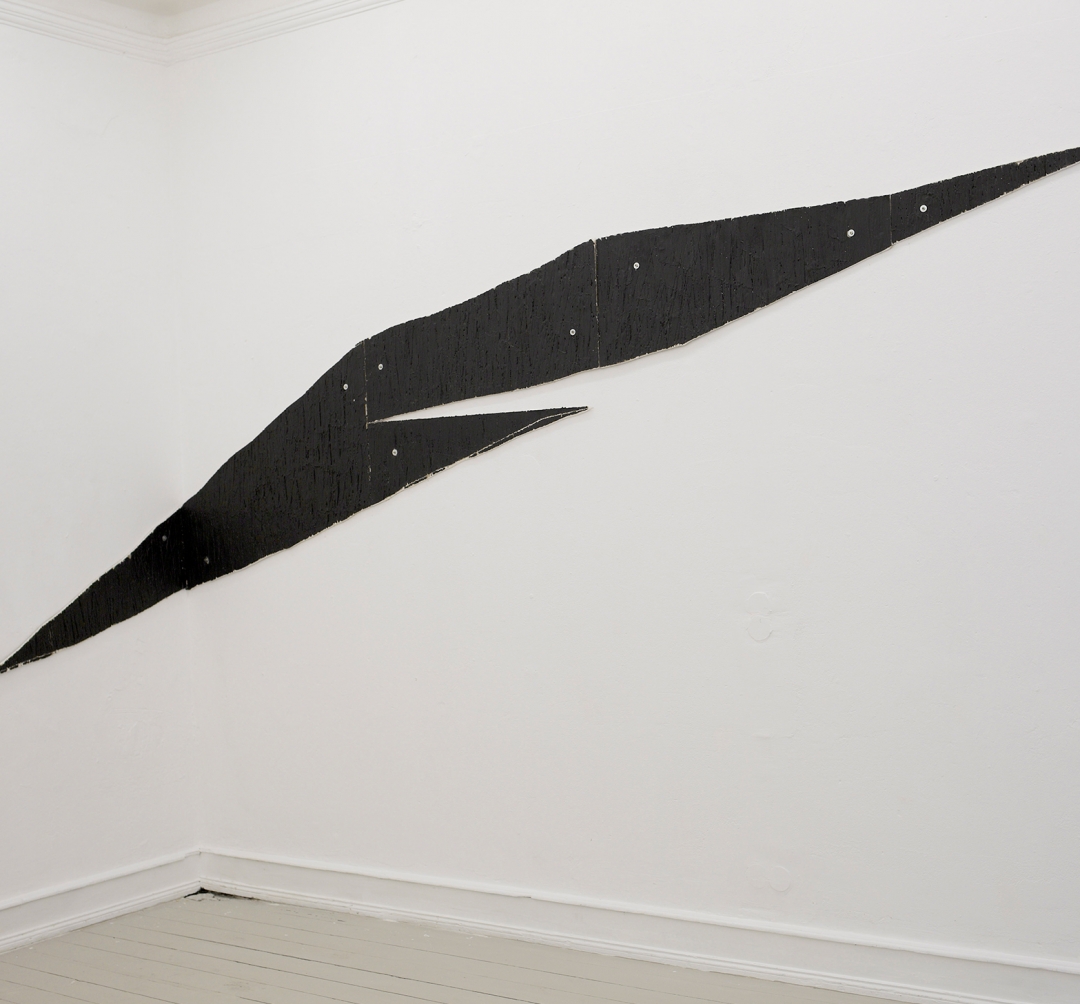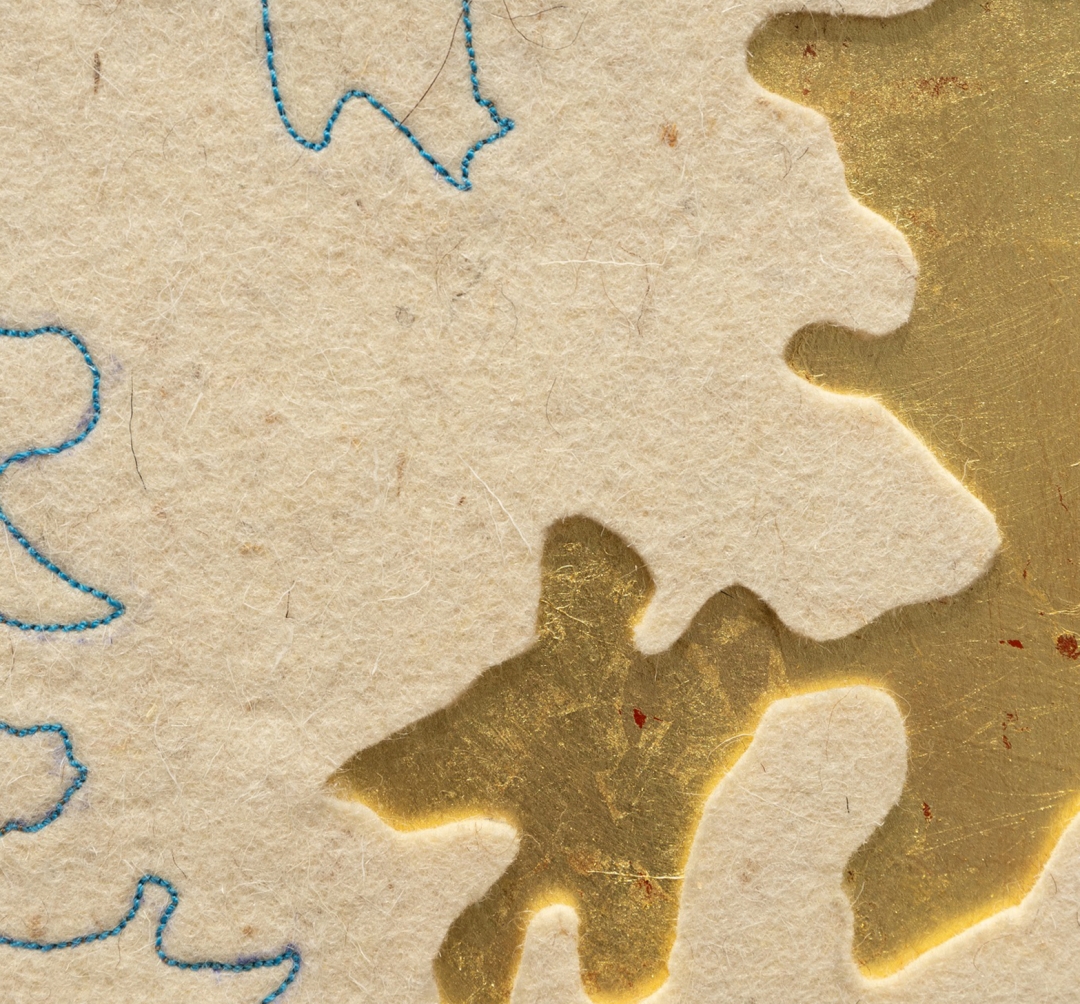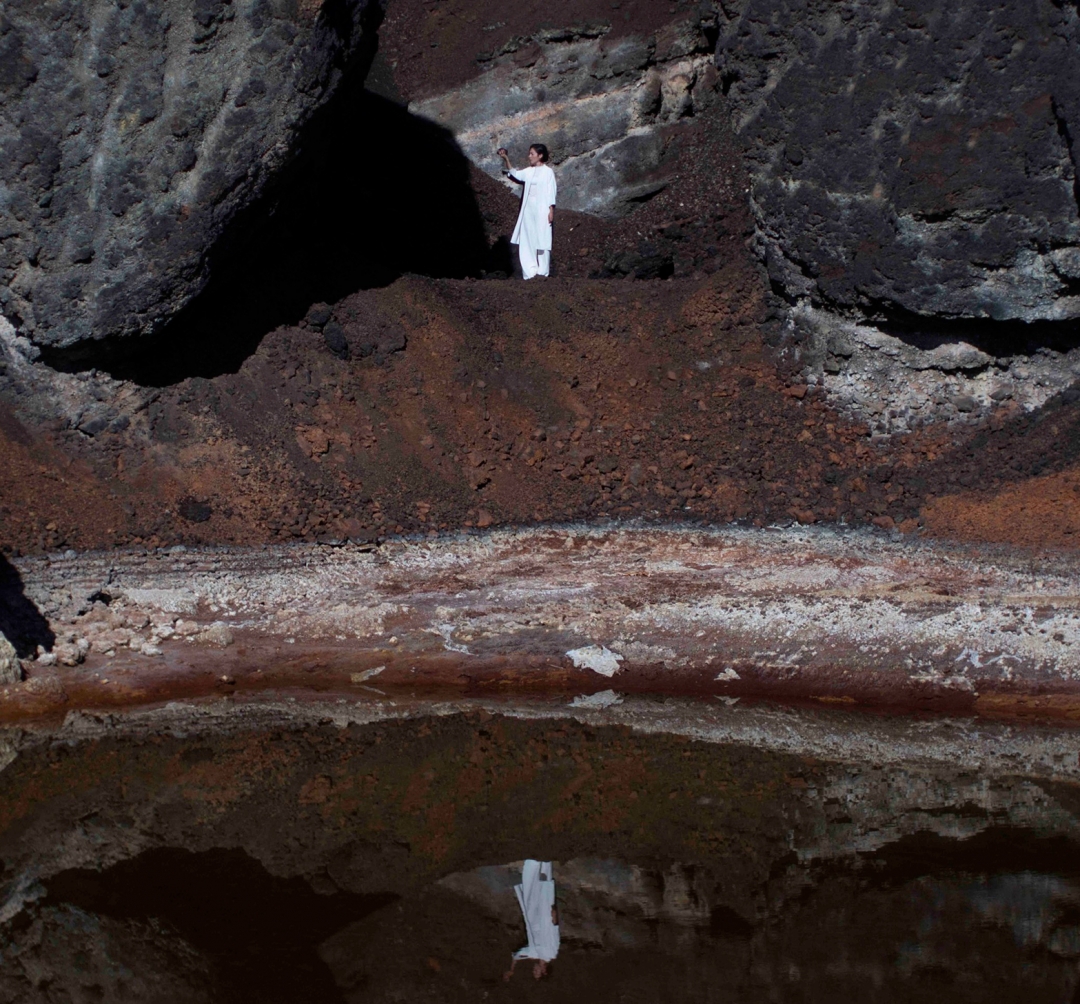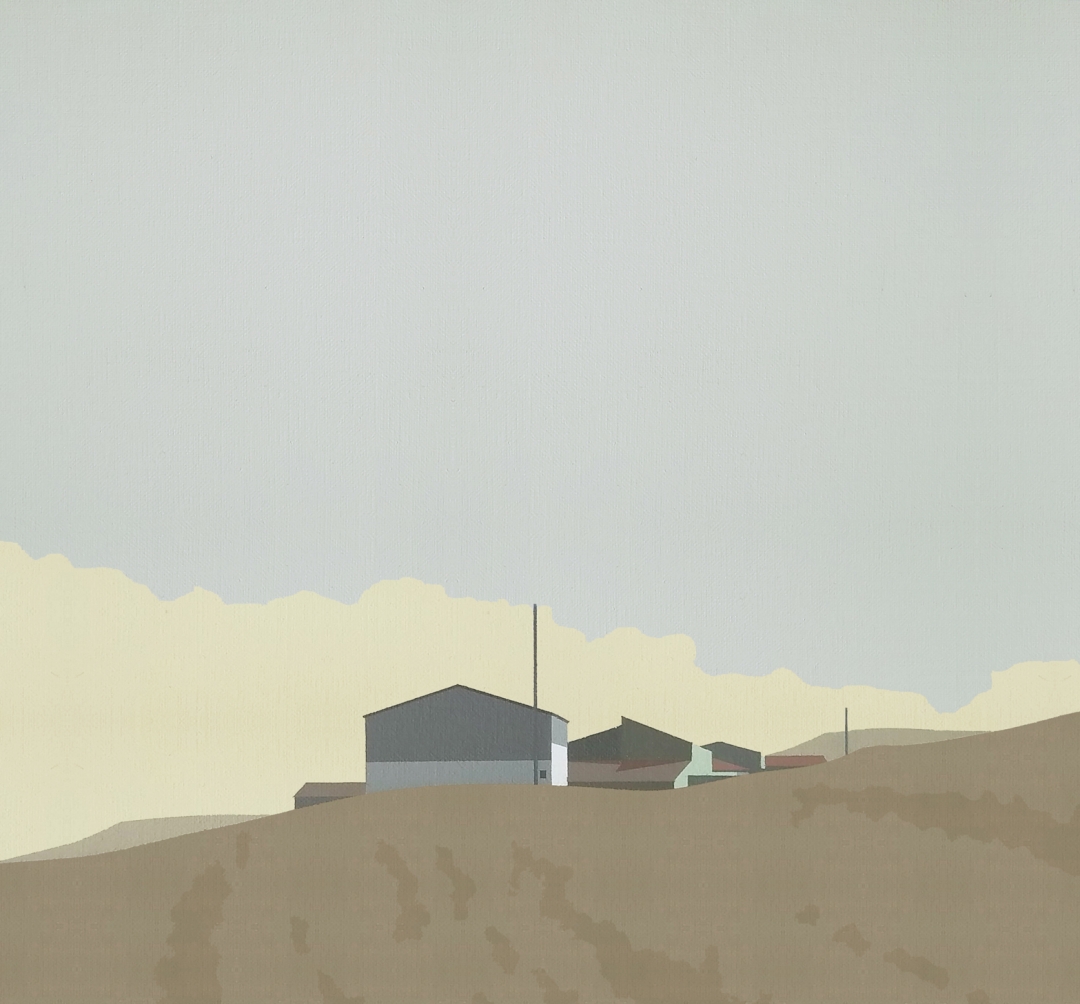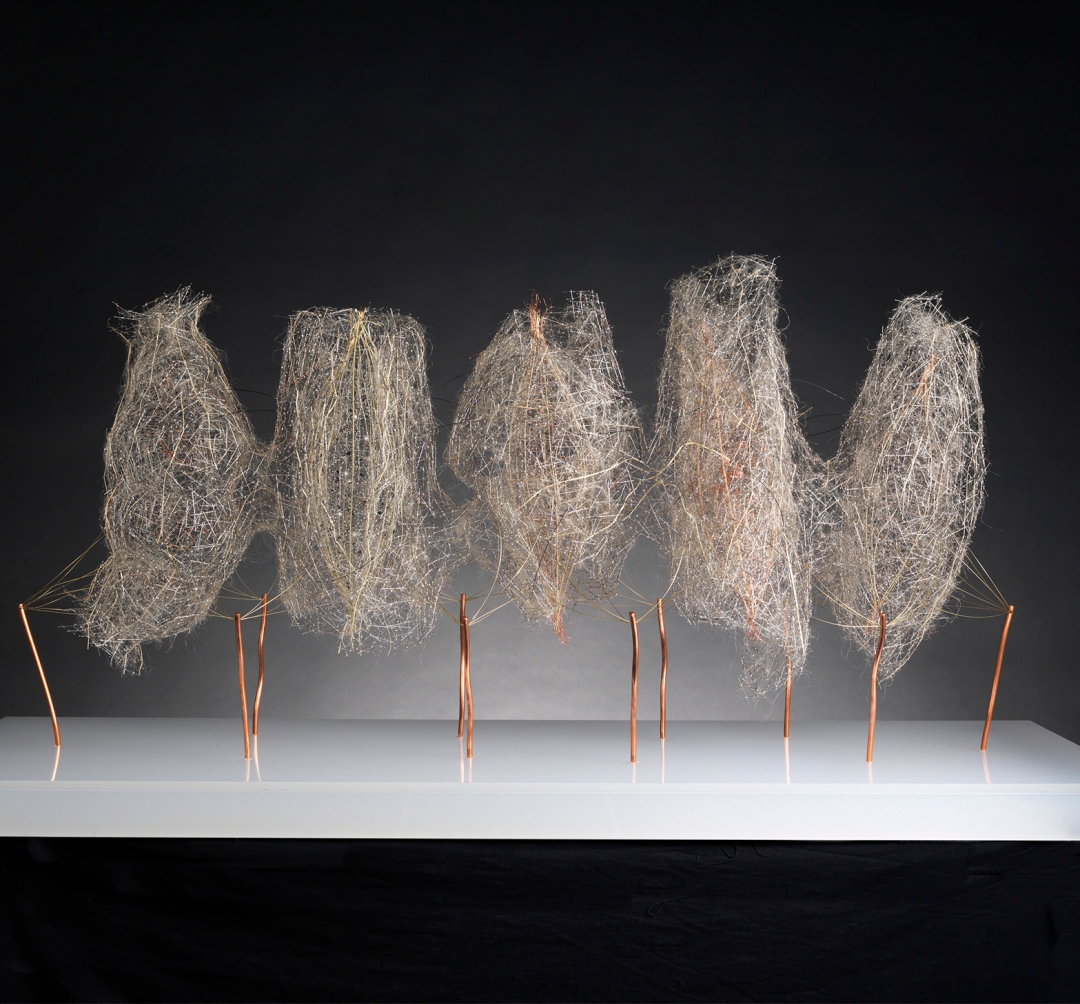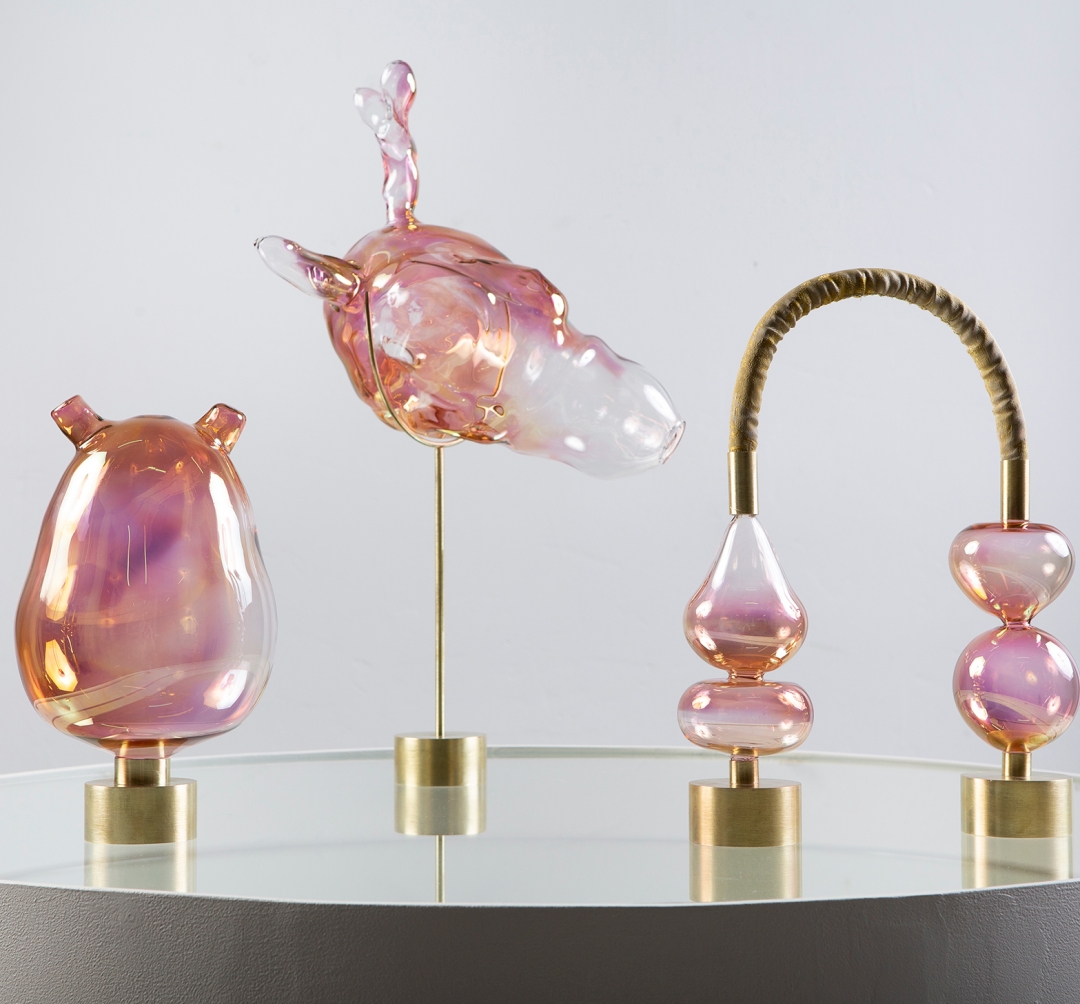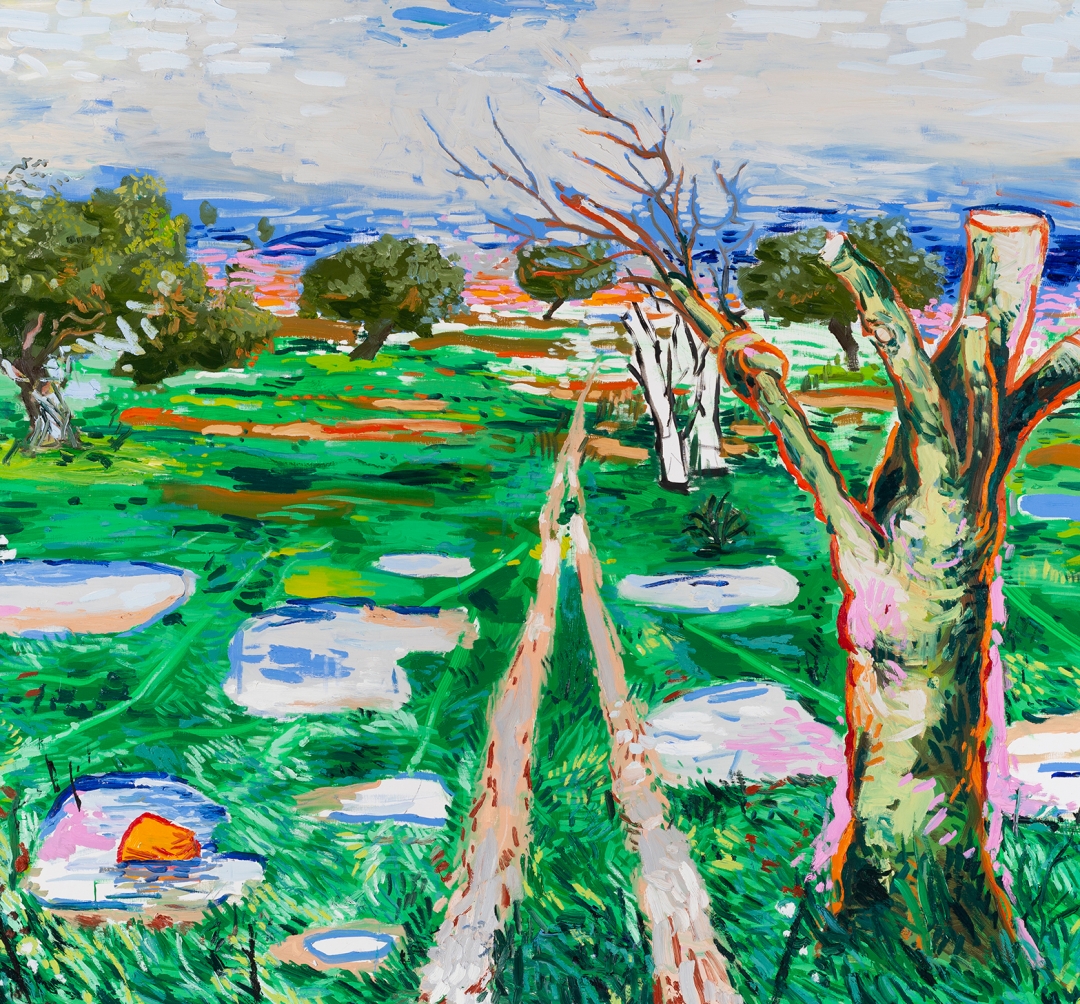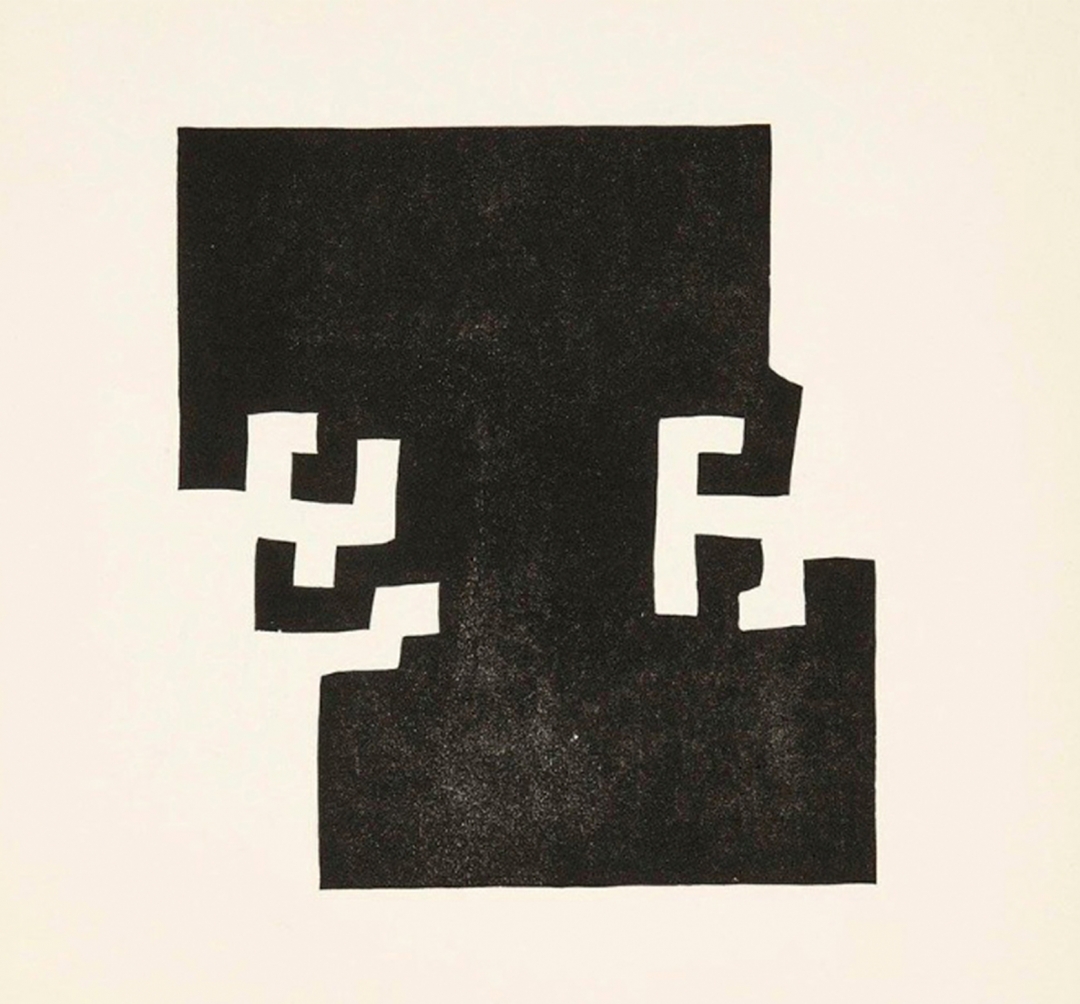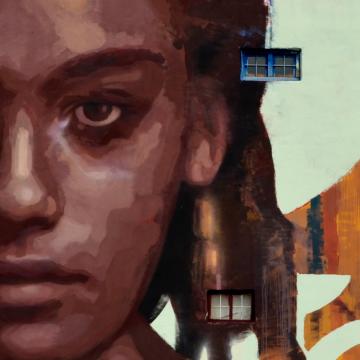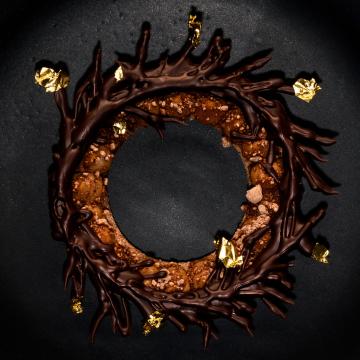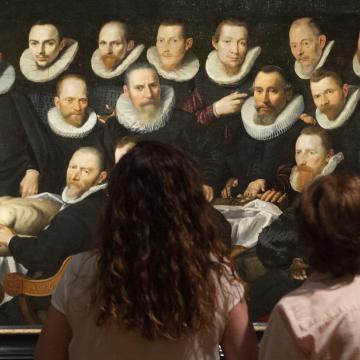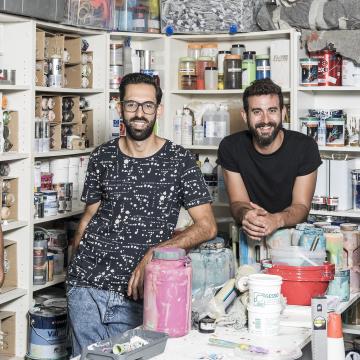Since opening on the 17th of April, Espacio Iberia has welcomed dozens of guests with one thing in common: their infinite talent. Talent that has inspired all the people who have sat there to listen to them.
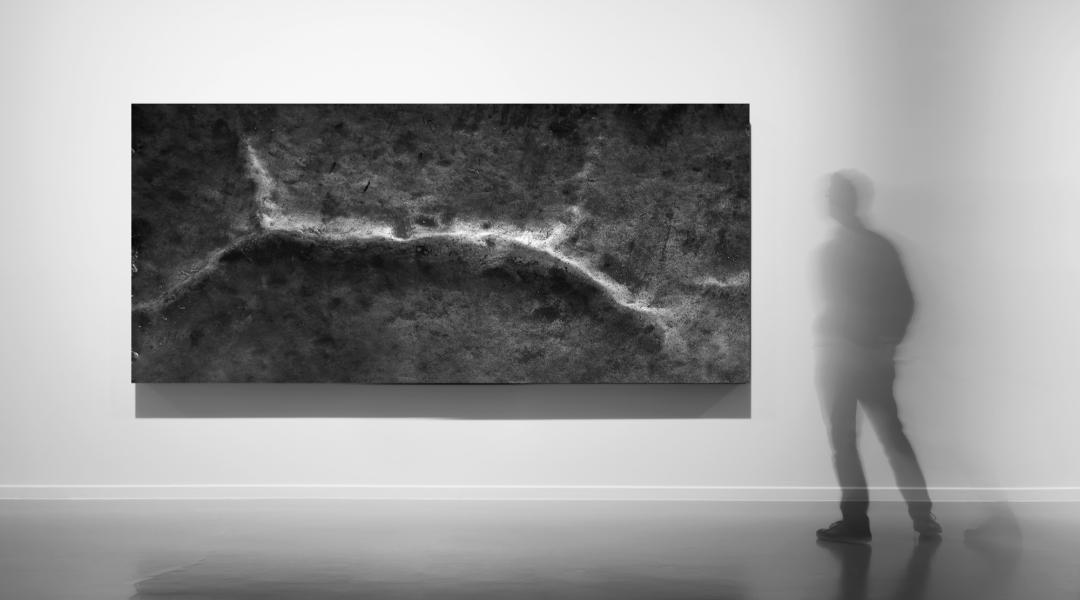
Open doors art. This is the wish of the 49 gallery owners belonging to the ARTE_MADRID association behind the Apertura Madrid Gallery Weekend, an art fair launched 10 years ago with the aim to support emerging and consolidated artists, promote art collecting and, most importantly, to attract people to their galleries. From September 12-15, Madrid celebrates art.
“The culture and art sectors are facing many challenges. Apertura’s greatest effort is to bring art closer to the public,” says Sabrina Amrani, president of ARTE_MADRID. “Our ambition is to foster a culture of art, to raise awareness about art’s role and importance in society. The job of a gallerist goes beyond the gallery’s space; it’s linked to our future patrimony and to its future custodians and actors,” she adds.
One of the goals of Apertura Madrid Gallery Weekend is to break down the invisible barriers that still today shy people away from crossing the doors of a gallery. “I understand art and culture as a citizen’s right. An event like Apertura is essential for the public to enjoy art and be captivated by it,” she says.
Apertura’s 10th anniversary features a hundred artists from fields as diverse as painting, photography, sculpture, video art, and installations, and brings along the new Activities Program, to be held in art galleries and open to the public. Among the activities are Saturday's brunch, meetings with artists and curators, talks, children workshops, presentations, book signings, and performances. Also in the general program is the traditional Arco Gallery Walk, a series of guided visits to galleries with an expert (an activity running until the weekend after Apertura) courtesy of Fundación Arco. The city’s great museums and art centres, such as the Reina Sofía, Thysen-Bornemisza and Lázaro Galdiano museums, as well as Sala Alcalá 31, Centro de Arte 2 de Mayo and Casa Árabe are involved in this edition. “The art we will see in museums in the coming years is the art now being shown in art galleries. I like to think the Picassos of tomorrow are exhibiting their work today in the ARTE_MADRID galleries,” Amrani adds.
The four-day-long Apertura Madrid Gallery Weekend has become one of the most important annual events for collectors, curators, museum directors, the general public and, of course, for the participating galleries, among them the must-see Marlborough and Fernández-Braso galleries. "Apertura is a celebration of our trade that aims at fostering loyalty among our public and increasing visitors, reminding everyone galleries are open all year long and they are free," says Manuel Fernández-Braso, director of the homonymous gallery. “It’s true that many people feel shy because most are ignorant of what they’re going to find inside and of what is expected from them. Events like Apertura help break down the barrier naturally and confidently because there’s more people coming in, feeling more comfortable and relaxed. When they leave the gallery they realize they have lived an emotional and intellectual experience, which takes them to the next gallery.” Anne Barthe, director of the Marlborough gallery, agrees with Braso: “the art world has always had a reputation of being inaccessible and, therefore, many people mistakenly believe understanding art requires a lot of knowledge. We could liken art to wine—you don’t need to be a winemaker to be able to appreciate a good wine with your friends, and you don’t need to be an art professional to be able to enjoy an art exhibition.”
Many of the proposals of this 10th anniversary come from Spain. The Álvaro Alcázar Gallery is showing the work of plastic artist, sculptor and multifaceted creator Juan Garaizabal, whose monumental public sculptures are international acclaimed. Plastic artist Manuel Barbero, author of Iconografía Animal, is opening Archipiélago: rumbo a hundimiento (una manera elegante de naufragar) [Archipelago: Heading towards sinking (an elegant way to shipwreck)] at Galería Blanca Soto Arte.
Jacobo Castellano’s material experimentation is on show at the F2 Gallery, while the work of playwright and stage designer Francisco Nieva can be seen at Galería Leandro Navarro. Galería Fernández-Braso is showcasing a dialogue between—and a tribute to—Eusebio Semper’s old paintings and works from Soledad Sevilla’s geometric period (70s and 80s). Next up is Galería Fernando Pradilla’s exhibition of Fernando Sinaga’s set of works from the past decade, which revolve around a series of as-yet-unseen paintings he has been working on since 1980. The Freijo Gallery is showing the work of Ramón Mateos, a visual reflection on Occam’s Razor, a methodological and philosophical principle applied in economics by which “all things being equal, the simplest solution is most likely the right one.”
Julia Spinola’s research on semantic and physical issues is landing at the Heinrich Ehrhardt Gallery, a fundamentally sculptural project highlighting the different applications of colour. The Galería Lucia Mendoza invites visitors to delve into the idea of inhabiting the present through the work of multidisciplinary artist Mercedes Lara, while the Marlborough Gallery has filled its walls with Abraham Lacalle’s colourful, figurative, frantic and casual style, brimming with reflections and ironic references. Galería Max Estrella brings us closer to the work of Aitor Ortiz, which reflects on the relevance of the Zorrotzaurre industrial area in his emotional landscape. Sculpture takes on new meaning in Antonio Crespo Foix’s exhibition at Galería Michel Soskine Inc, incorporating the concepts of fragility and immateriality through pieces made with metal, fibres, and plant materials. Madrilenian artist Raúl Díaz Reyes is showing a series of three-dimensional paintings at the Ponce + Robles gallery, pushing the boundaries of the discipline and encouraging a panoramic view of our surroundings.
In her first solo exhibition, on show at the Puxa Gallery, Sandra Val carries out an artistic research project involving the space between the parts and their ability to bring about multiple possibilities for the whole, and she does so by combining fiction and reality, art and design. Miguel Marina’s series of paintings at The Goma Gallery focus on liquid, with rivers providing action to the landscape—a continuous, rhythmic flow that chooses what is meant to float and what to sink. Chema Peralta’s Casas, pueblos, tierras y campos [Houses, villages, lands and fields] at the Utopia Parkway Gallery is a powerful artistic tour in which landscapes move away from reality to immerse visitors into an almost artificial universe. Last but not least are Mateo Revillo’s organic paintings at the Xavier Fiol / XF Proyectos gallery, two still lives that refer to a recently created story yet their temporality is ambiguous, and Eduardo Chillida’s selection of works at Espacio Artkunstarte.
